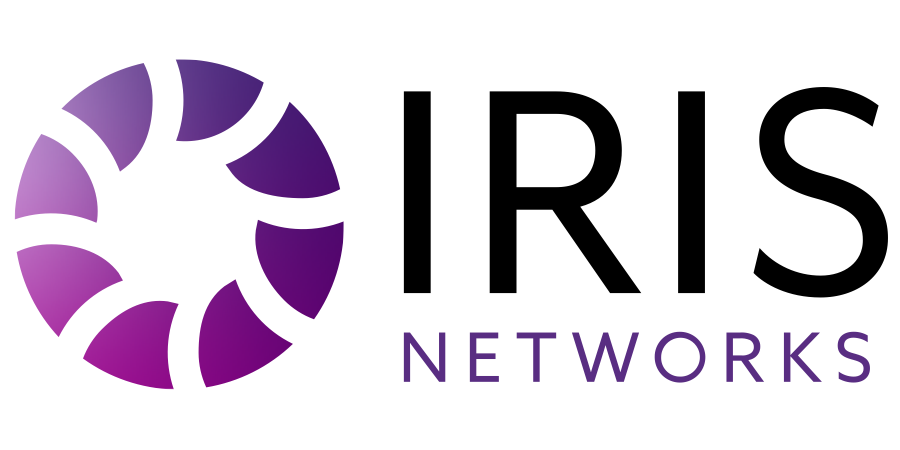
If you own a multi-location business, I bet at one time or another the thought of connecting all the locations popped into your head. Connecting your offices will save you time and money. Simple, right? You just want to get data from one office to the other; how hard or complicated can it be?
Connecting the offices should be simple if you know what you want.
Defining LAN and WAN…
A LAN (Local Area Network) is the private network in your office building. A LAN is the network that allows your PCs to talk to each other, to printers, and other networked devices.

To connect two offices the part you are interested in is the WAN (Wide Area Network). Here is where it tends to get a little more complicated.
Many different types of WAN connections exist with a plethora of acronyms. While none of the various WAN connections are complicated, all the various types, options, and industry buzzwords make it sound complex.

Public WAN
Pubic WAN connections are connections using the “internet” that can be seen and impacted by the outside world
Public Internet
The public internet allows devices with a public IP address to communicate with each other. Your ISP (Internet Service Provider) provides you with a public IP and a connection to reach all the other public internet websites, computers, etc. This is the least expensive way to send data between sites; however, the internet by itself is very insecure.

Remote Access VPN (Virtual Private Network)
A remote access VPN allows a single PC to talk back to the office LAN via an encrypted tunnel across the internet. Individual companies own and support the equipment and software supporting the remote access VPNs. This is a great way for remote users to connect to the office when on the road or at home.

Site to Site VPN
A site to site VPN allows devices on two different office LANs to talk to each other via an encrypted tunnel across the internet. Traffic is routed between separate LANs.

Multi Site VPN
A multi site VPN connects multiple office LANs using VPN tunnels between all the offices via an encrypted tunnels across the internet. Traffic is routed between the separate LANs.

SD-WAN
SD-WAN stands for Software Defined WAN. This term is being used in a lot of different ways. For the purposes of our discussion, there are two parts that are important. First SD-WAN is using servers to take the place of normal networking equipment and second SD-WAN is using various protocols to make all the various offices look like a single LAN. Not including a drawing for SD-WAN, given the complexity.
Private WAN
Private WAN connections are private point to point or multi point connections that cannot be seen from the outside world. Private WAN connections are purchased from network providers and do not touch the Public Internet.
Private WAN connections have been with us since before general adoption of the internet. Therefore, there are many types of Private WANs that are no longer used. Skipping all these legacy WANs, let’s focus on what is in use today.
Private line T1s – A private line T1 is a copper connection down to the customer site carrying ~1.5 Mbps of traffic to another location. This service is point to point only. One nice benefit of the Private line T1 is the two offices can look like a single LAN for ease of network management. This legacy solution has been around for a very long time; unfortunately, in some areas in the country it is still the only Private option

MPLS – MPLS (Multi Protocol Label Switching) is a carriers’ protocol used by big network providers to provide private network services to their customers. Network providers use MPLS to provide two services to end users VPLS and VPRNSS.
VPLS (Virtual Private LAN Services) – This service connects many locations making all the locations look like a single LAN (like they are all in the same building).

VPRNS (Virtual Private Routed Network Services) – This service connects many locations together, but a virtual layer 3 router connects each of the separate office LANs together.

For the record, iRis Networks has a large MPLS core, but again that really has little impact on you the end customer.
MetroEthernet (Carrier Ethernet) – – MetroEthernet is a WAN solution based on the MEF (Metro Ethernet Forum) standards. This solution provides private layer 2 connections between office sites. These private connections allow many offices to look like a single LAN. All the offices act like they are in the same building. The result is the same as an MPLS-VPLS network.

General advantages of Private WAN over Public WAN solutions:
- Quality of Service supported– Private WANs honor traffic markings so voice and video work regardless of how busy the connections are.
- Security –The private network is not seen by the outside world.
- Reliability –Not influenced by Internet outages or DDOS attacks.
- Monitoring and Management –Providers monitor and manage network for end customers.
- Managed by providers – Equipment and software needed to provide services are managed by 3rd party providers.
General advantages of Public WAN solutions over Private WAN:
- Less expensive.
- Can be set up quickly.
- Can be managed by 3rd party providers – Third party providers can manage public WAN solutions, but this can eliminate any cost savings.
What does iRis Offer? iRis is your local provider for WAN services to anywhere in the country. Contact our sales team to examine the correct solution to meet your business needs.
About iRis Networks
We deliver the fiber-based, next-generation network and infrastructure businesses need. We’re bringing ultra-high-speed voice, data and Internet solutions to over 250 communities, reaching across Tennessee and parts of Alabama, Georgia and Kentucky.


